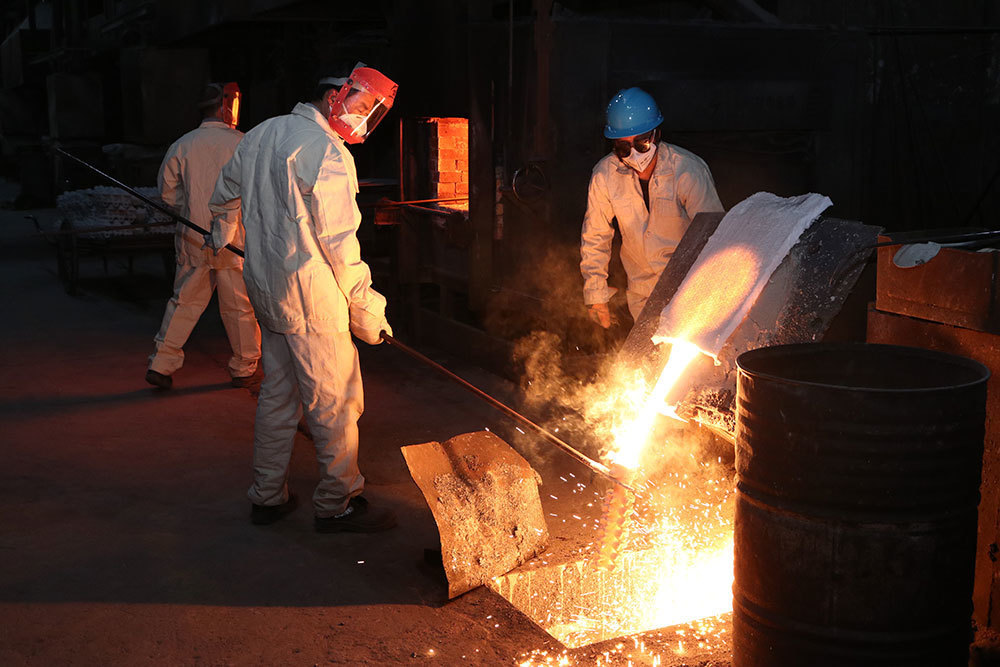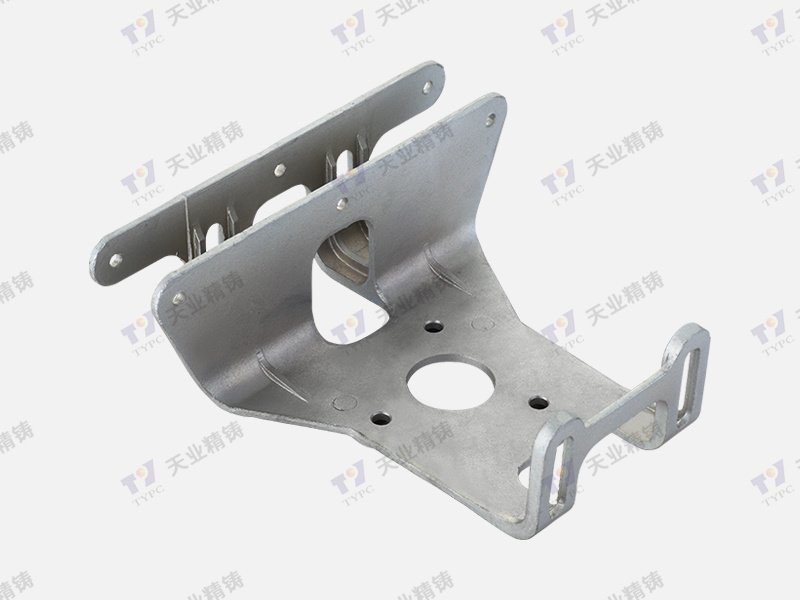2025-04-25
Elevating Automotive Innovation: Other Alloy Castings Pioneering Electronics Evolution
Introduction to Automotive Innovation through Alloy Castings
In recent years, the automotive industry has witnessed a transformative shift, propelled by the integration of **advanced electronic systems** and **innovative materials**. At the heart of this evolution lies the use of **other alloy castings**—a critical component that enhances the functionality and efficiency of **automotive electronic and electrical parts**. This article delves into how these castings are revolutionizing automotive technology, paving the way for smarter, more efficient vehicles.
Understanding Alloy Castings in the Automotive Sector
Alloy castings play a pivotal role in automotive manufacturing. They are utilized in various components, from **engine parts** to **body structures**, providing strength and durability while minimizing weight. This section unpacks the significance of alloy castings in the automotive sector.
The Role of Alloy Castings in Automotive Electronics
Automotive electronics encompass a wide range of systems, including engine control units (ECUs), power distribution modules, and infotainment systems. Alloy castings are essential in these applications due to their ability to withstand high temperatures and electrical stress. They offer **thermal conductivity**, which is vital for dissipating heat generated by electronic systems.
Types of Alloy Castings Used in Automotive Electronics
There are several types of alloys utilized in automotive castings, each serving a specific purpose:
1. **Aluminum Alloys**: Lightweight and offering excellent thermal conductivity, aluminum alloys are frequently used in electronic components.
2. **Magnesium Alloys**: Known for their low density and high strength, magnesium alloys provide innovative solutions for weight reduction in vehicles.
3. **Zinc Alloys**: Often used for intricate components, zinc alloys offer excellent corrosion resistance and are ideal for exterior applications.
Innovation Through Alloy Casting in Vehicle Design
The automotive industry is continuously evolving, with manufacturers seeking ways to enhance performance while reducing costs. Alloy castings are at the forefront of this innovation, influencing vehicle design and manufacturability.
Enhanced Performance and Efficiency
Alloy castings contribute to improved vehicle performance by reducing weight and enhancing structural integrity. This leads to better fuel efficiency and lower emissions—key considerations for modern automotive manufacturers.
Weight Reduction Strategies
Engineers are increasingly turning to alloy castings to achieve significant weight reductions without compromising safety or performance. Lightweight materials allow for **smaller engines** and improved **aerodynamics**, resulting in vehicles that are both faster and more efficient.
The Impact of Alloy Castings on Electric Vehicles (EVs)
As the shift toward electric vehicles accelerates, the role of alloy castings becomes even more critical. EVs require advanced thermal management solutions, and alloy castings can meet these demands effectively.
Thermal Management in Electric Vehicles
Electric vehicles generate substantial heat during operation. Effective thermal management is essential for the longevity and performance of EV batteries and electronic components. Alloy castings can facilitate efficient cooling systems, ensuring optimal operating temperatures.
Improving Battery Performance
The performance and lifespan of EV batteries are heavily influenced by temperature regulation. Alloy castings used in battery housings and cooling systems help maintain ideal conditions, thereby enhancing battery longevity and efficiency.
Future Trends in Alloy Castings for Automotive Electronics
The future of automotive electronics is bright, with continued advancements in alloy casting technologies. Manufacturers are investing in research and development to create even more efficient and effective materials.
Smart Materials and Their Applications
Emerging smart materials with self-healing properties and enhanced conductivity are being integrated into alloy casting processes. These innovations will likely redefine automotive electronics and provide unprecedented levels of reliability and performance.
3D Printing and Alloy Casting
The rise of **3D printing technology** is set to revolutionize the production of alloy castings. This method allows for greater design flexibility and the creation of complex geometries that enhance component performance.
Case Studies: Leading Innovations in Alloy Castings
Several automotive manufacturers are leading the way in utilizing alloy castings for electronic components. This section explores notable case studies, showcasing how these innovations are implemented in real-world applications.
Case Study 1: Automotive Manufacturer A
Automotive Manufacturer A has successfully integrated aluminum alloy castings in their engine control units, resulting in a 15% reduction in weight and improved thermal management capabilities.
Case Study 2: Automotive Manufacturer B
Manufacturer B has pioneered the use of magnesium alloys in their electric vehicle platforms, achieving significant advancements in energy efficiency and performance.
Challenges and Considerations in Alloy Casting Production
While alloy castings offer numerous advantages, several challenges must be addressed in their production. This section examines those challenges and potential solutions.
Quality Control in Alloy Castings
Ensuring the quality of alloy castings is paramount. Manufacturers must implement rigorous quality control measures to prevent defects that could compromise the performance of automotive electronics.
Cost Considerations
The cost of raw materials and production processes can impact the overall affordability of alloy castings. Manufacturers must balance performance benefits with budget constraints to remain competitive.
FAQs About Alloy Castings in Automotive Electronics
**Q1: What are alloy castings?**
Alloy castings are components made from metal alloys that are poured into molds to create specific shapes and structures used in various applications, including automotive electronics.
**Q2: Why are aluminum alloys commonly used in automotive applications?**
Aluminum alloys are favored for their lightweight properties, excellent thermal conductivity, and resistance to corrosion, making them ideal for automotive components.
**Q3: How do alloy castings improve electric vehicle efficiency?**
Alloy castings enhance electric vehicle efficiency by providing effective thermal management solutions, which help maintain optimal battery and electronic component temperatures.
**Q4: What future trends should we expect in alloy casting technology?**
The future of alloy casting technology may include advancements such as smart materials, improved 3D printing techniques, and enhanced thermal management solutions.
**Q5: Are there environmental concerns associated with alloy casting production?**
While alloy casting production can have environmental impacts, many manufacturers are adopting sustainable practices and technologies to minimize waste and energy consumption.
Conclusion: Embracing the Future of Automotive Electronics with Alloy Castings
Alloy castings are undeniably shaping the future of automotive electronics. Their ability to enhance performance, reduce weight, and improve thermal management makes them indispensable in modern vehicle design and manufacturing. As the industry continues to evolve, embracing innovative materials and technologies will be crucial for staying ahead. The transformation driven by alloy castings promises not only to elevate automotive performance but also to contribute to a more sustainable and efficient future for the automotive sector.









